

Articles
How To Store Sourdough Bread After Baking
Modified: January 5, 2024
Learn the best techniques for storing fresh sourdough bread post-baking in this informative article, packed with useful tips and tricks.
(Many of the links in this article redirect to a specific reviewed product. Your purchase of these products through affiliate links helps to generate commission for Storables.com, at no extra cost. Learn more)
Introduction
Welcome to the world of sourdough bread, where the tangy aroma and crusty texture can entice any bread lover. Whether you are a seasoned baker or a sourdough novice, one thing remains constant: maintaining the freshness and quality of your sourdough bread after baking is of utmost importance.
Sourdough bread, known for its unique flavor and long shelf life, is made through a natural fermentation process using wild yeast and lactobacilli. This process gives the bread its distinct taste, texture, and nutritional benefits. However, unlike commercially made bread, sourdough bread has no preservatives, making proper storage crucial for maintaining its freshness and preventing spoilage.
In this article, we will delve into the various aspects of storing sourdough bread after baking. We will explore the best practices to ensure your bread stays delicious and enjoyable for as long as possible.
Understanding how to store sourdough bread is not only essential for preserving its taste and texture but also for reducing food waste. By following the recommended storage methods, you can extend the shelf life of your sourdough bread and make the most out of your baking efforts.
So, let’s dive into the world of sourdough bread storage and discover the best practices for keeping your loaves fresh and delectable!
Key Takeaways:
- Proper storage is crucial for maintaining the unique flavor and texture of sourdough bread. Whether at room temperature, in the refrigerator, or freezer, follow best practices to extend its shelf life and savor every slice.
- Slicing as needed, avoiding excessive handling, and considering alternative uses for stale bread are key to maintaining the freshness of sourdough loaves. Embrace proper storage techniques to enjoy the delightful flavor and texture for an extended period.
Read more: How To Store Sourdough Bread After Cutting
Understanding Sourdough Bread
Sourdough bread, with its rich history dating back thousands of years, is more than just a tasty treat. It is a living organism, made through the process of fermentation. Unlike conventional breads that rely on commercial yeast, sourdough bread uses a natural leavening agent created by mixing flour and water and allowing it to ferment.
The fermentation process begins when the mixture, known as a starter or sourdough culture, is exposed to the wild yeasts and lactobacilli present in the environment. These microorganisms feed on the carbohydrates in the flour, producing carbon dioxide gas and lactic acid. The carbon dioxide gas creates the airy structure of the bread, while the lactic acid gives it its unique tangy flavor.
One of the key benefits of sourdough bread is its extended shelf life. The natural fermentation process creates an acidic environment that helps to preserve the bread and keep it fresh for longer periods compared to commercial bread. Additionally, sourdough bread has a lower glycemic index and a higher nutritional value than regular bread, making it an appealing choice for health-conscious individuals.
When properly made and stored, sourdough bread can last for several days to a week, maintaining its taste and texture. However, without proper storage, the bread can quickly lose its freshness, become stale, or even moldy.
So, whether you bake your own sourdough bread at home or purchase it from a bakery, it is essential to understand the intricacies of sourdough bread storage. By implementing proper storage techniques, you can ensure that your bread stays delicious and enjoyable for as long as possible.
Now that we have a basic understanding of sourdough bread and its fermentation process, let’s explore the importance of proper storage techniques to maintain its quality and flavor.
Importance of Proper Storage
Proper storage of sourdough bread is paramount to maintain its quality and flavor. The natural fermentation process that gives sourdough bread its unique taste and texture also makes it more susceptible to spoilage if not stored correctly.
Here are a few reasons why proper storage is essential for sourdough bread:
- Freshness: Sourdough bread contains no preservatives, making it more prone to staling and drying out. Proper storage can help prolong its freshness, allowing you to enjoy each slice as if it were freshly baked.
- Texture: Sourdough bread’s crusty exterior and chewy interior are what make it so irresistible. Improper storage can lead to a loss of moisture, resulting in a tough and dry texture.
- Flavor: Sourdough bread’s tangy flavor is a result of the natural fermentation process. However, if exposed to air or stored in a humid environment, the bread can absorb unwanted flavors or develop off-flavors.
- Preventing Mold: Sourdough bread contains a higher moisture content compared to commercial bread, making it more susceptible to mold growth. Proper storage can help prevent the formation of mold and extend the shelf life of your bread.
By understanding the importance of proper storage, you can ensure that your sourdough bread stays fresh, flavorful, and enjoyable for an extended period.
Now that we recognize the significance of proper storage, let’s explore the best practices for storing sourdough bread after baking to maintain its quality and extend its shelf life.
Best Practices for Storing Sourdough Bread
When it comes to storing sourdough bread, there are several best practices to keep in mind to maintain its freshness and quality. Here are some tips to follow:
- Cool Completely: Before storing your sourdough bread, make sure it cools completely. This helps to prevent condensation, which can lead to a soggy crust and promote mold growth.
- Wrap in Paper: To maintain the crustiness of your sourdough bread, wrap it loosely in paper. Avoid using plastic bags or airtight containers as they can trap moisture and make the bread go stale quickly.
- Store in a Bread Box: If you have a bread box, that’s the ideal place to store your sourdough bread. Bread boxes help to regulate moisture and temperature, keeping the bread fresh for longer periods.
- Avoid Direct Sunlight: Keep your sourdough bread away from direct sunlight, as this can accelerate the staling process and affect its flavor. Find a cool, dry spot in your kitchen or pantry for storage.
- Avoid Refrigeration: While refrigeration can extend the shelf life of bread, it can also cause it to go stale faster. The cold temperature can dry out the bread and affect its texture. Refrigeration is not recommended for storing sourdough bread.
- Consider Freezing: If you don’t plan to consume your sourdough bread within a few days, freezing is a great option. Wrap the bread tightly in plastic wrap or place it in a freezer bag, then freeze it. Frozen sourdough bread can last for several months.
Following these best practices will help ensure that your sourdough bread retains its freshness, texture, and flavor for an extended period. However, keep in mind that sourdough bread is best consumed within a few days of baking for the ultimate taste experience.
Now that we have discussed the best practices for storing sourdough bread, let’s explore the different options available for storing your loaves.
Option 1: Storing at Room Temperature
Storing sourdough bread at room temperature is a popular and convenient option, especially if you plan to consume it within a few days. Follow these steps to store your sourdough bread at room temperature:
- Cool Completely: Allow your freshly baked sourdough bread to cool completely on a wire rack. This can take a few hours, but it’s essential to prevent condensation and maintain the bread’s texture.
- Wrap in Paper: Once your bread has cooled, wrap it loosely in paper. You can use parchment paper, wax paper, or even a clean kitchen towel. Avoid using plastic bags or airtight containers, as they can trap moisture and make the bread go stale quickly.
- Store in a Bread Box or Pantry: Find a cool, dry spot in your kitchen or pantry to store the wrapped sourdough bread. Ideally, use a bread box if you have one. The bread box helps regulate moisture and temperature, providing an ideal environment for the bread to stay fresh.
- Use within a Few Days: Sourdough bread stored at room temperature is best consumed within a few days for optimal freshness and taste. After this time, the bread may begin to stale and lose its texture.
Storing sourdough bread at room temperature allows it to breathe and maintain its crustiness. However, keep in mind that room temperature storage is not suitable for prolonging the shelf life of your bread beyond a few days.
If you anticipate not consuming your sourdough bread within a short period or want to extend its shelf life further, you can consider refrigeration or freezing, which we will discuss in the upcoming sections.
Now that we have explored the option of storing sourdough bread at room temperature, let’s move on to the next stora
Once the sourdough bread has cooled completely, store it in a paper bag or a bread box at room temperature. This will help maintain its crust and prevent it from becoming too soft. Avoid storing it in plastic, as this can trap moisture and make the crust soggy.
Read more: How To Store Muffins After Baking
Option 2: Refrigerating Sourdough Bread
Refrigerating sourdough bread is an option if you need to extend its shelf life beyond a few days. However, it’s important to note that this storage method can affect the texture and flavor of the bread. Here’s how you can refrigerate your sourdough bread:
- Cool Completely: Allow your sourdough bread to cool completely after baking. This helps prevent condensation that can make the bread soggy.
- Wrap in Plastic: Once the bread has cooled, wrap it tightly in plastic wrap or place it in an airtight plastic bag. Make sure the bread is completely sealed to prevent moisture loss or absorption of unwanted flavors from the fridge.
- Place in the Refrigerator: Store the wrapped sourdough bread in the refrigerator. The cool temperature will slow down the staling process and extend the shelf life of the bread.
- Consume within a Week: It’s best to consume refrigerated sourdough bread within a week for the best quality. The bread may become drier and lose some of its inherent chewiness due to the cold temperature.
- Reheat if Desired: If your refrigerated sourdough bread feels dry when you want to enjoy it, you can revive it by reheating. Wrap the bread in foil and warm it in the oven at a low temperature for a few minutes, or slice and toast it to restore some of its crustiness and soften the interior.
Refrigeration can help preserve the freshness of sourdough bread, but it can also lead to a faster loss of moisture and affect the texture. Therefore, refrigeration is best suited for times when you need to store your bread for a week or longer, rather than for short-term storage.
If you don’t plan to consume your sourdough bread within a week or want to extend its shelf life even further, freezing is a great option. We will explore freezing sourdough bread in the next section.
Now that we have discussed refrigeration as an option for storing sourdough bread, let’s move on to the next storage method: freezing.
Option 3: Freezing Sourdough Bread
Freezing sourdough bread is an excellent option for long-term storage. When done correctly, freezing can help maintain the quality and freshness of the bread for several months. Here’s how you can freeze your sourdough bread:
- Cool Completely: Allow your freshly baked sourdough bread to cool completely. This step is crucial to prevent condensation and maintain the texture of the bread.
- Wrap for Freezing: Wrap the cooled bread tightly in plastic wrap or place it in a freezer bag. Ensure it is well-sealed to prevent freezer burn and to maintain the moisture within the bread.
- Label and Date: Before placing the wrapped bread in the freezer, label the packaging with the date. This will help you keep track of its freshness and make it easier to identify when you need it.
- Place in Freezer: Store the wrapped sourdough bread in the freezer. For added protection against freezer burn, you can also place the wrapped bread inside a larger freezer bag or an airtight container.
- Thawing: When you’re ready to enjoy your frozen sourdough bread, remove it from the freezer and let it thaw at room temperature. This usually takes a few hours, but the time may vary depending on the size of the loaf.
- Reheat if Desired: If the thawed sourdough bread feels slightly stale, you can reheat it to revive its texture. Wrap the bread in foil and warm it in the oven at a low temperature for a few minutes, or slice and toast it to restore its crustiness.
- Consume within a Few Days: Once thawed, it’s best to consume the sourdough bread within a few days for optimal taste and texture. Freezing can alter the bread’s texture to some extent, so enjoy it while it’s still fresh.
Freezing sourdough bread is a great option if you want to extend its shelf life for several months. It allows you to store your bread as a reserve for future use, ensuring that you always have a delicious loaf on hand.
Now that we have explored freezing as an option for storing sourdough bread, let’s move on to some tips for maintaining the freshness and quality of your bread, regardless of the storage method you choose.
Tips for Maintaining Freshness
Regardless of the storage method you choose for your sourdough bread, there are some additional tips that can help you maintain its freshness and quality. Implement these practices to ensure your bread stays delicious for as long as possible:
- Slice as Needed: To prevent unnecessary exposure of the entire loaf to air, slice your sourdough bread as needed. This helps to maintain the freshness of the unsliced portion.
- Use a Bread Knife: When slicing sourdough bread, use a sharp bread knife to ensure clean cuts without crushing or squishing the loaf. This helps to maintain the structure and texture of the bread.
- Keep Moisture in Check: Moisture is the enemy of fresh bread, so avoid storing your sourdough bread in a humid environment or with any moisture sources nearby. This can prevent the bread from becoming overly dry or soggy.
- Store Partial Loaves Properly: If you have a partially consumed sourdough loaf, make sure to wrap the cut side tightly in plastic wrap or place it in a resealable bag before storing. This prevents moisture loss and helps keep the bread fresh.
- Avoid Excessive Handling: Excessive handling of sourdough bread can accelerate staling. Limit touching the loaf with bare hands or unnecessary poking and prodding to maintain its freshness.
- Revive Stale Bread: If your sourdough bread starts to become stale, there are ways to revive it. You can lightly dampen the crust with water and reheat the bread in the oven, or toast the slices to bring back some of the crustiness.
- Consider Sourdough Bread Products: If you find that you often have leftover sourdough bread, consider making use of it in other ways. Transform stale loaves into croutons, breadcrumbs, or even use them to make delicious bread pudding.
By following these tips, you can prolong the freshness and quality of your sourdough bread, ensuring that every slice remains as delightful as the day it was baked.
Now that we have covered the tips for maintaining freshness, let’s wrap up this article.
Conclusion
Proper storage is essential for maintaining the freshness and quality of sourdough bread after baking. By following the best practices outlined in this article, you can ensure that your loaves stay delicious and enjoyable for an extended period.
Whether you choose to store your sourdough bread at room temperature, in the refrigerator, or in the freezer, each method has its benefits and considerations. Storing at room temperature is convenient for short-term consumption, while refrigeration can extend the shelf life for up to a week. Freezing is ideal for long-term storage, allowing you to enjoy homemade sourdough bread for several months.
Remember to cool your bread completely before storing, wrap it properly to prevent moisture loss or absorption, and label and date it for easy identification. Additionally, implement tips for maintaining freshness, such as slicing as needed, using a bread knife for clean cuts, and avoiding excessive handling.
While sourdough bread is best enjoyed within a few days of baking, proper storage techniques can help prolong its freshness and prevent waste. Don’t forget to consider alternative uses for stale bread, such as croutons or breadcrumbs, to make the most of every slice.
So, whether you’re a seasoned baker or a sourdough enthusiast, follow these tips to store your sourdough bread effectively and savor its unique flavor and texture for as long as possible.
Now, go ahead and enjoy your delectable sourdough bread, knowing that you have the knowledge to keep it fresh and delicious!
Frequently Asked Questions about How To Store Sourdough Bread After Baking
Was this page helpful?
At Storables.com, we guarantee accurate and reliable information. Our content, validated by Expert Board Contributors, is crafted following stringent Editorial Policies. We're committed to providing you with well-researched, expert-backed insights for all your informational needs.


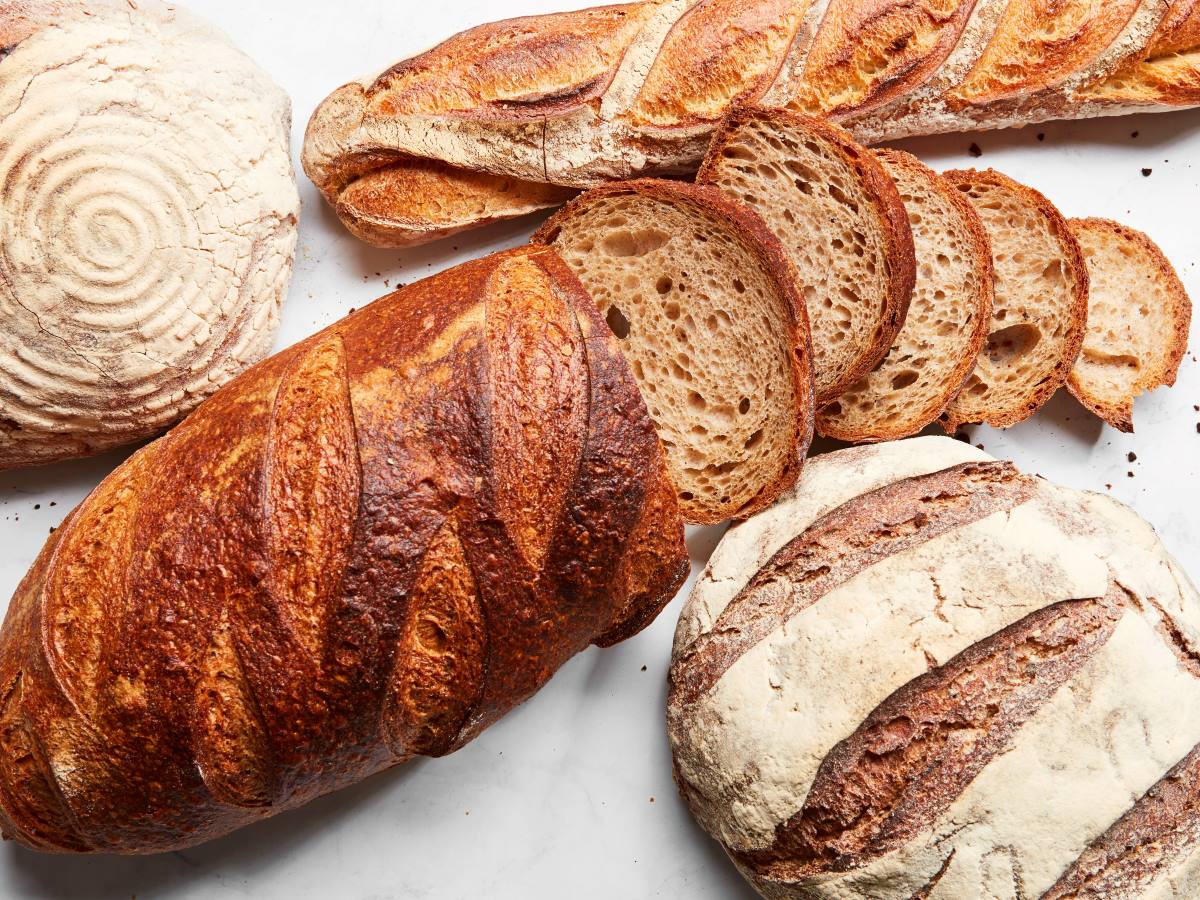


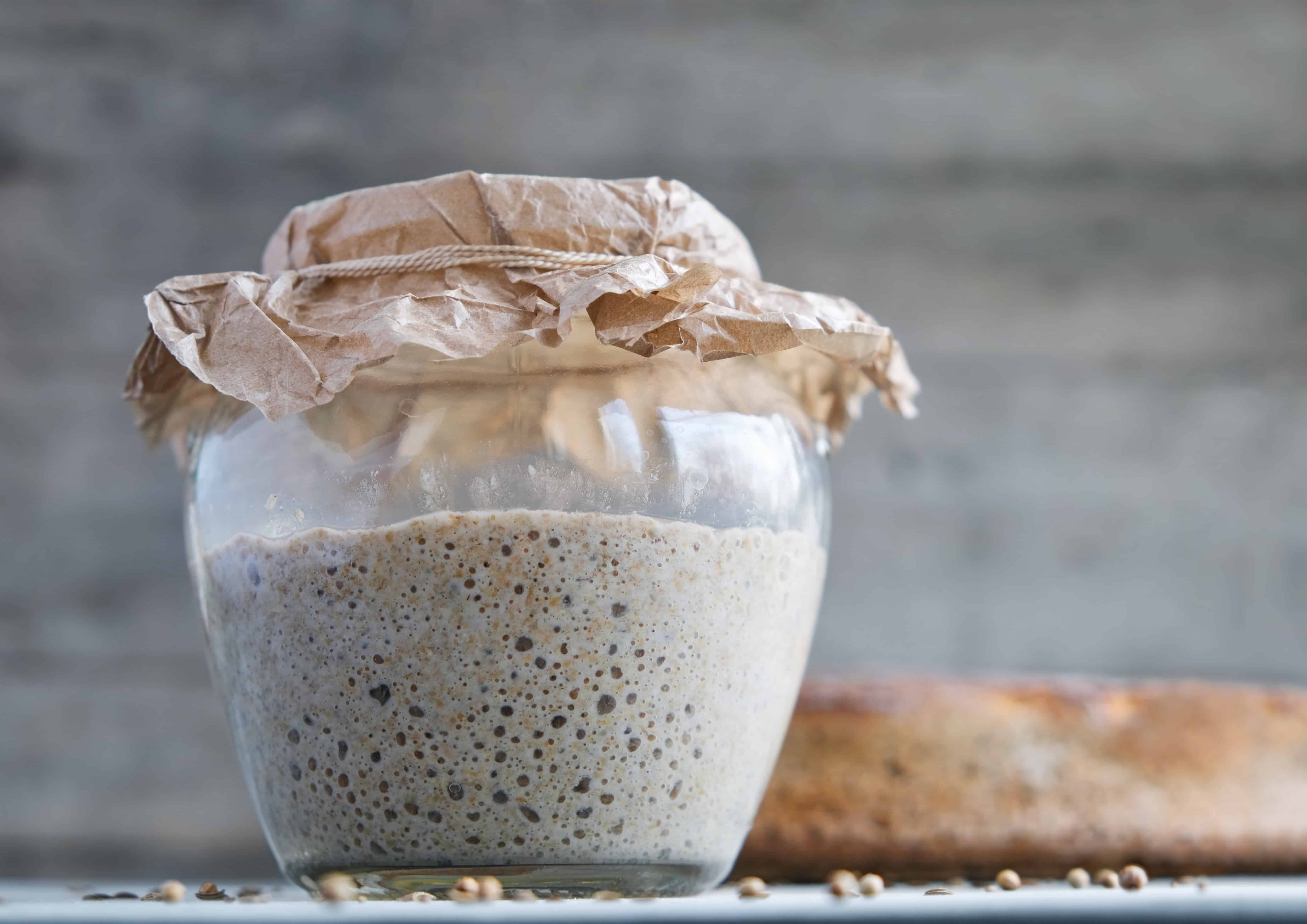
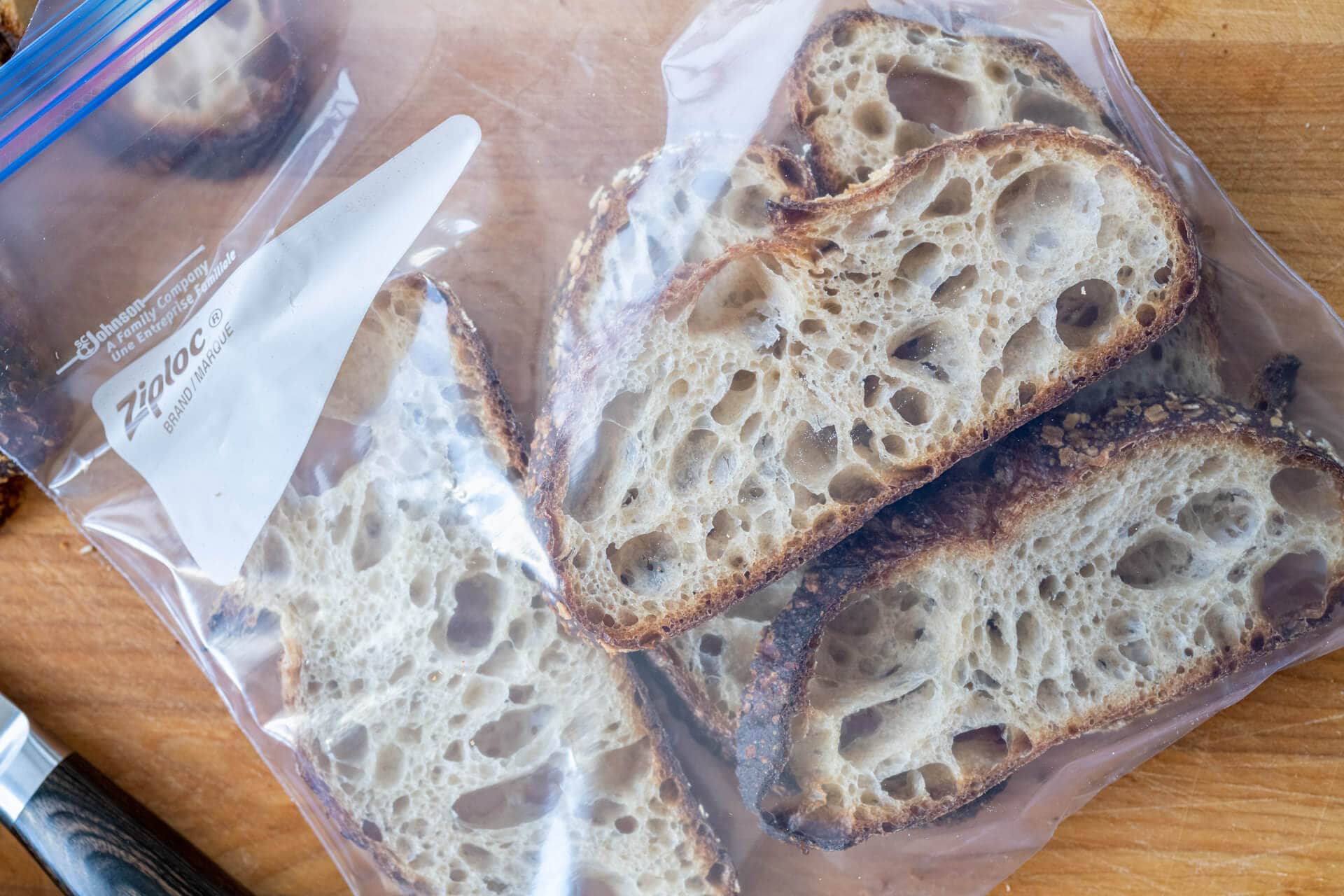
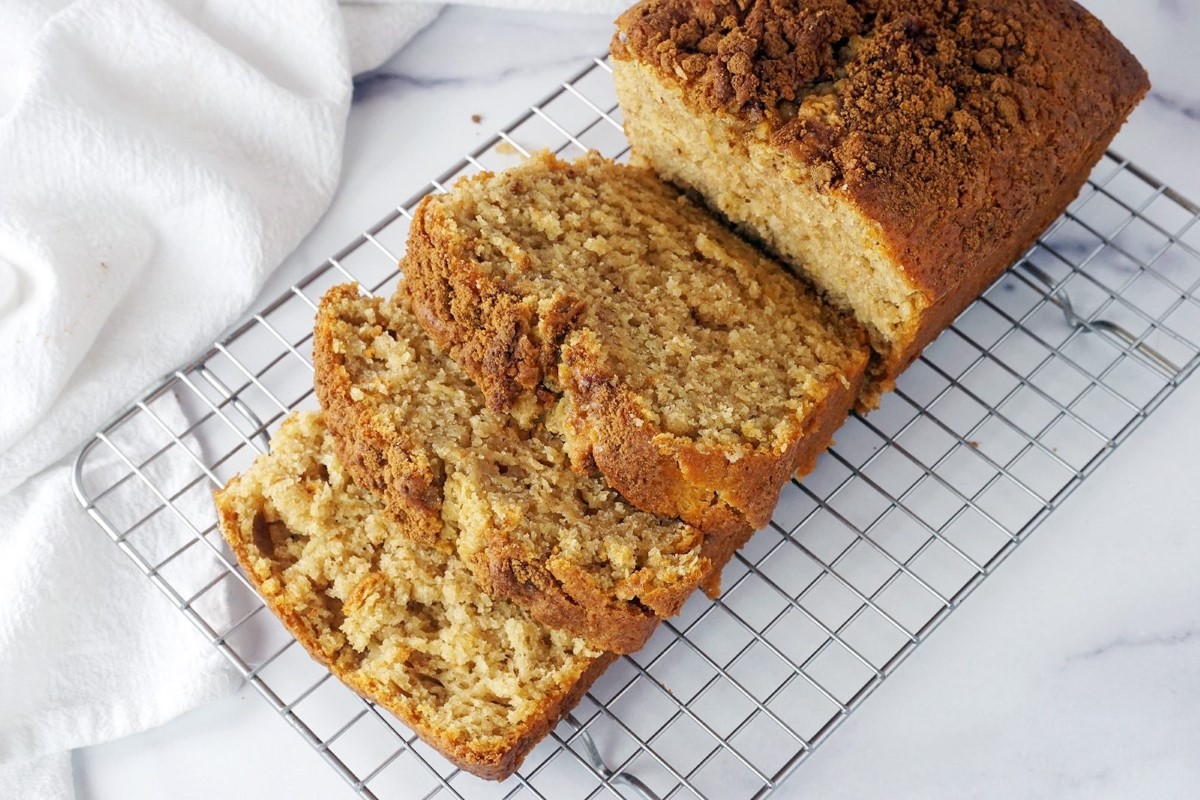
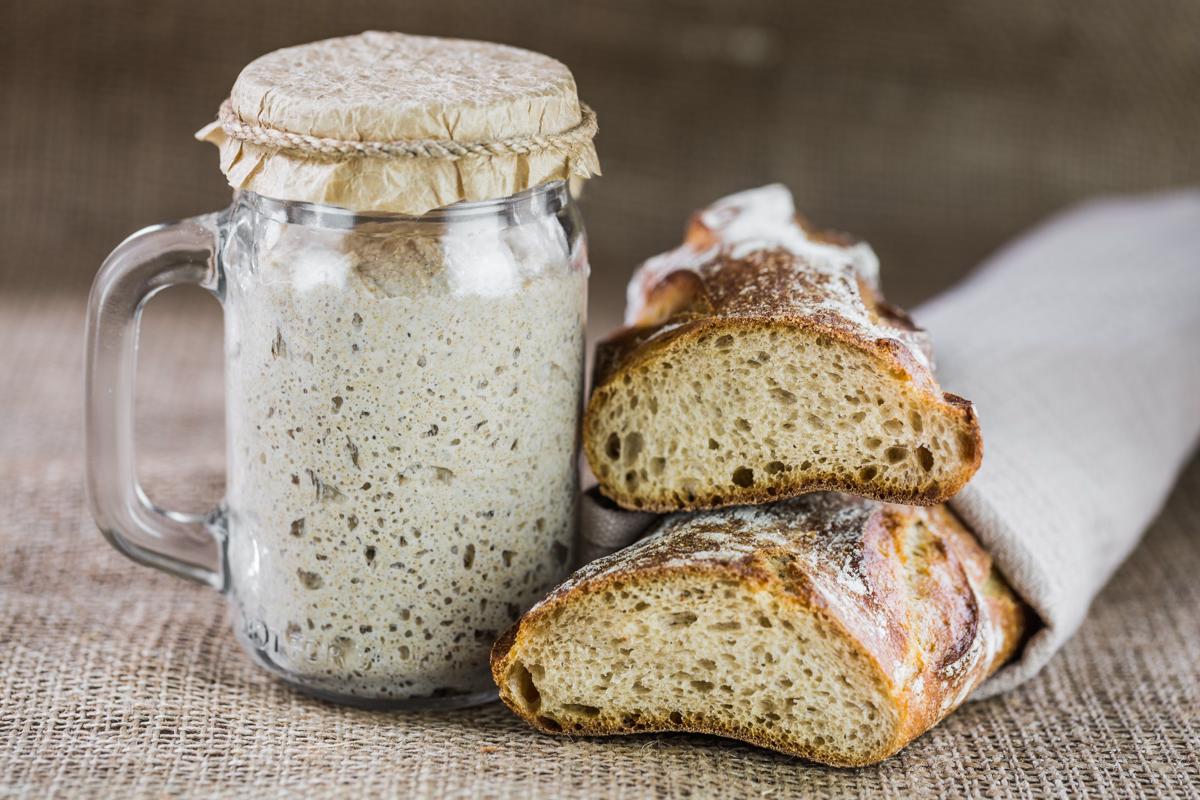
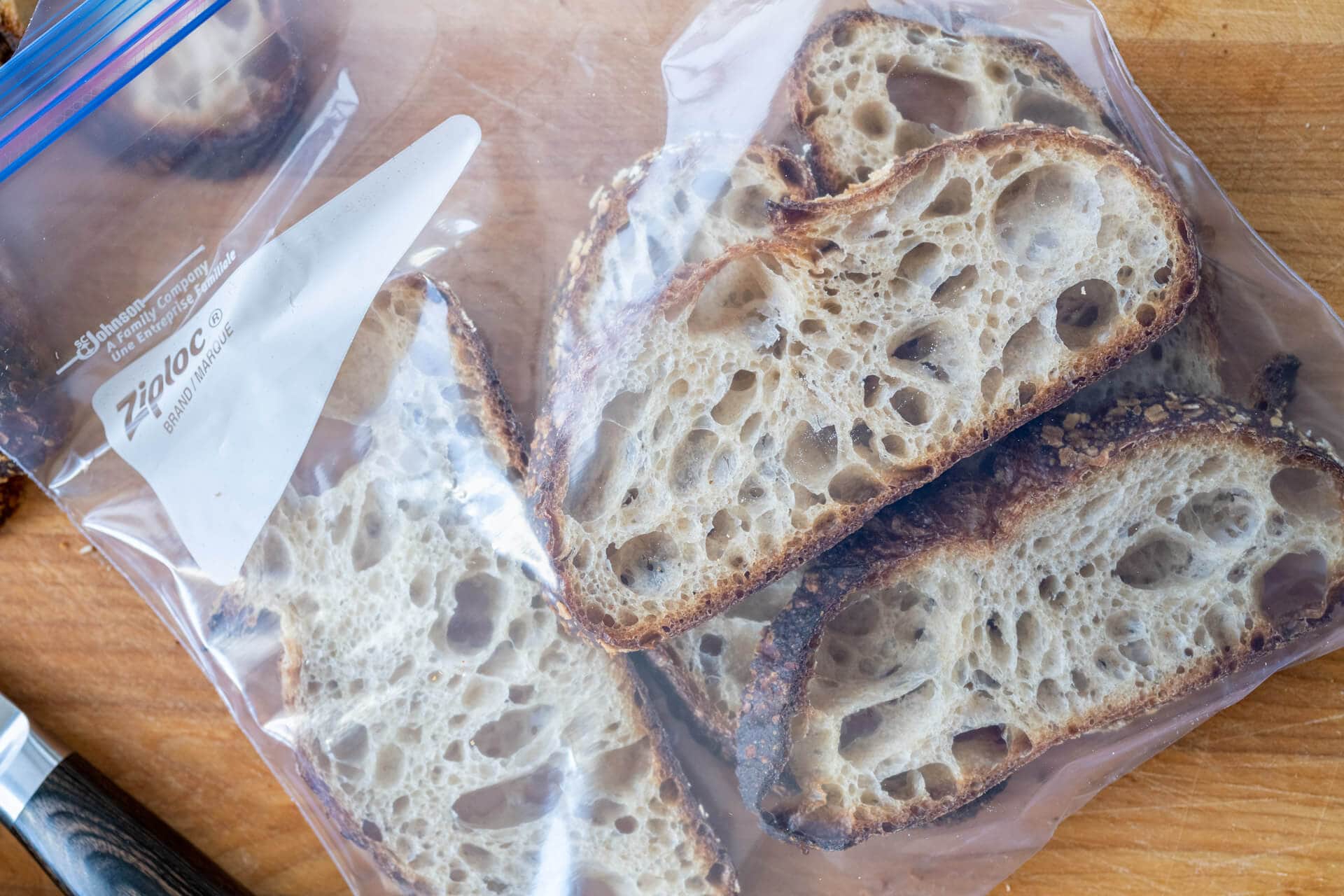
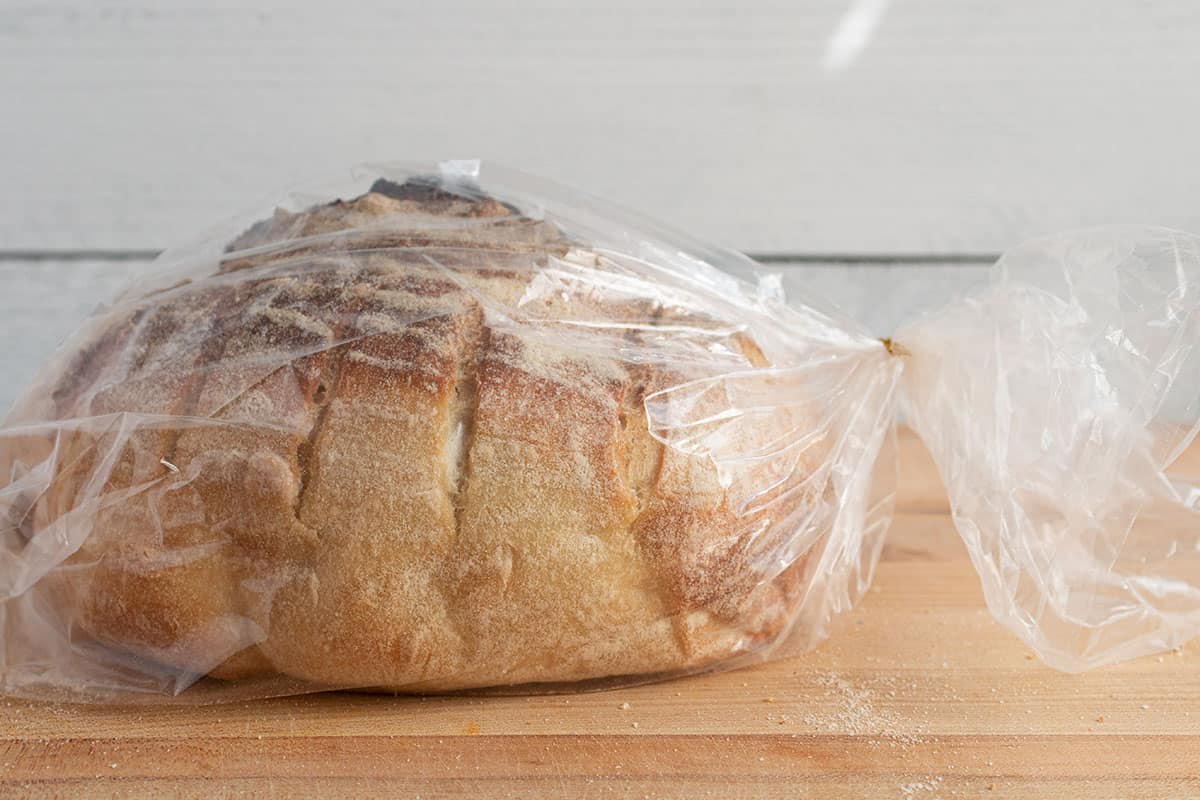
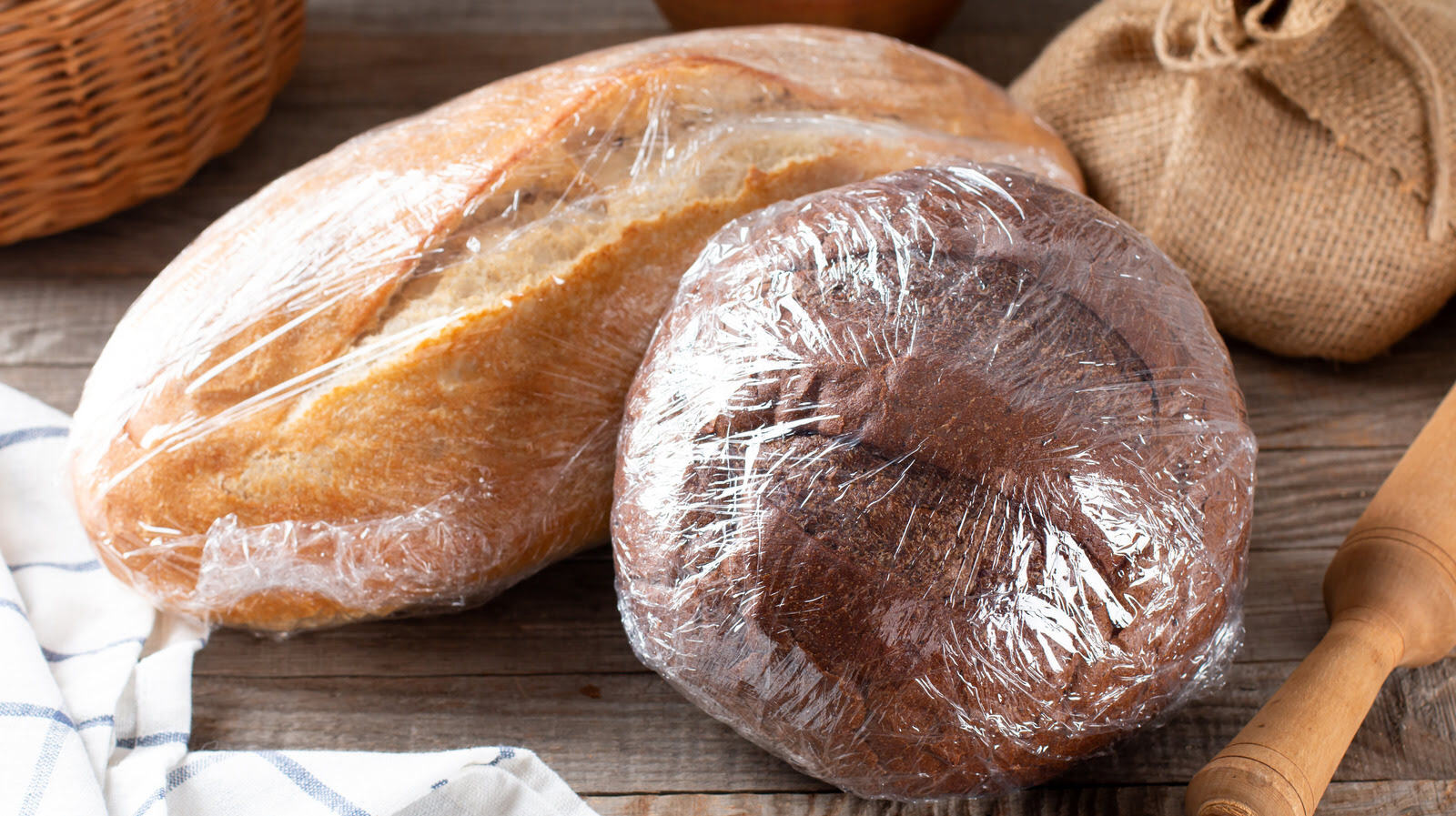
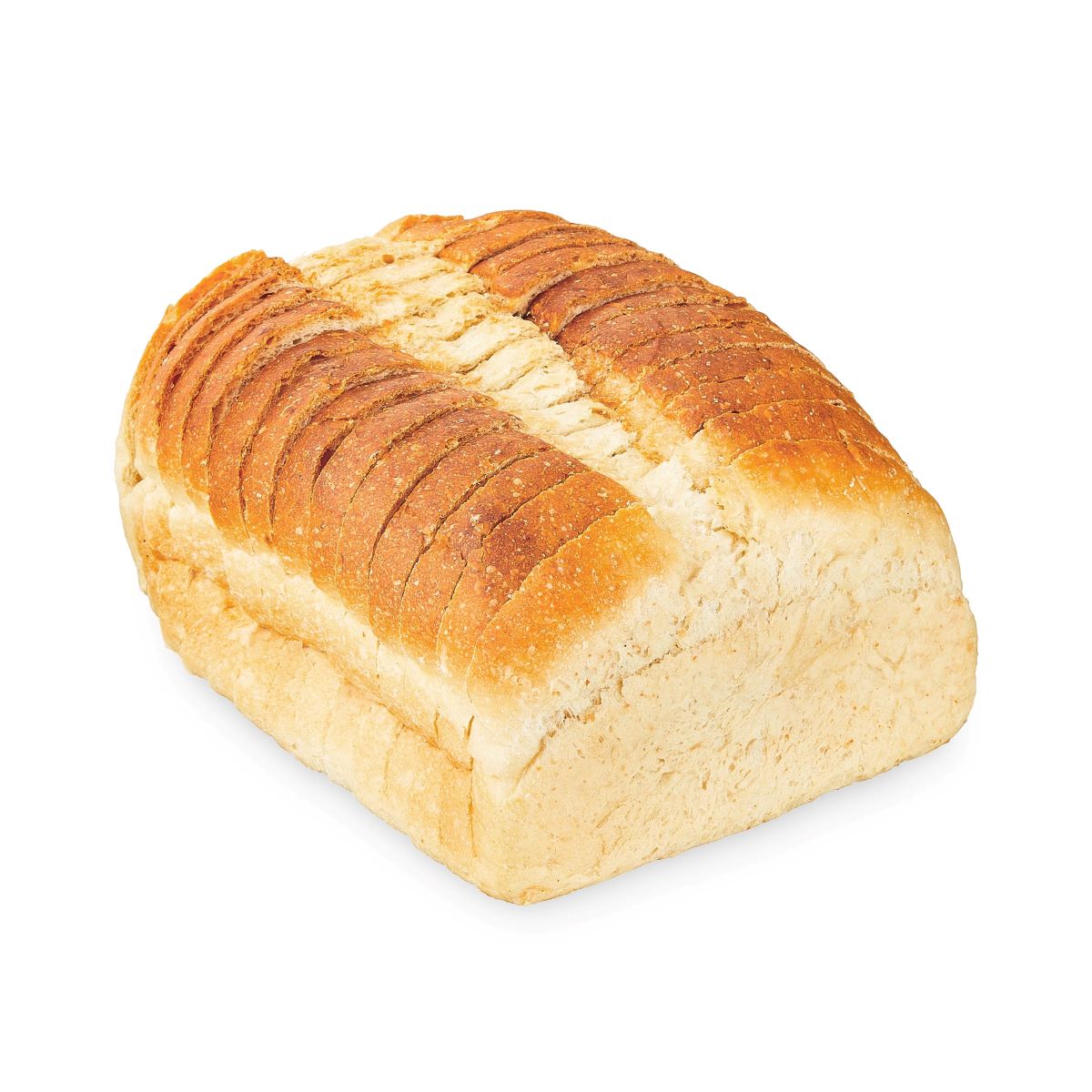
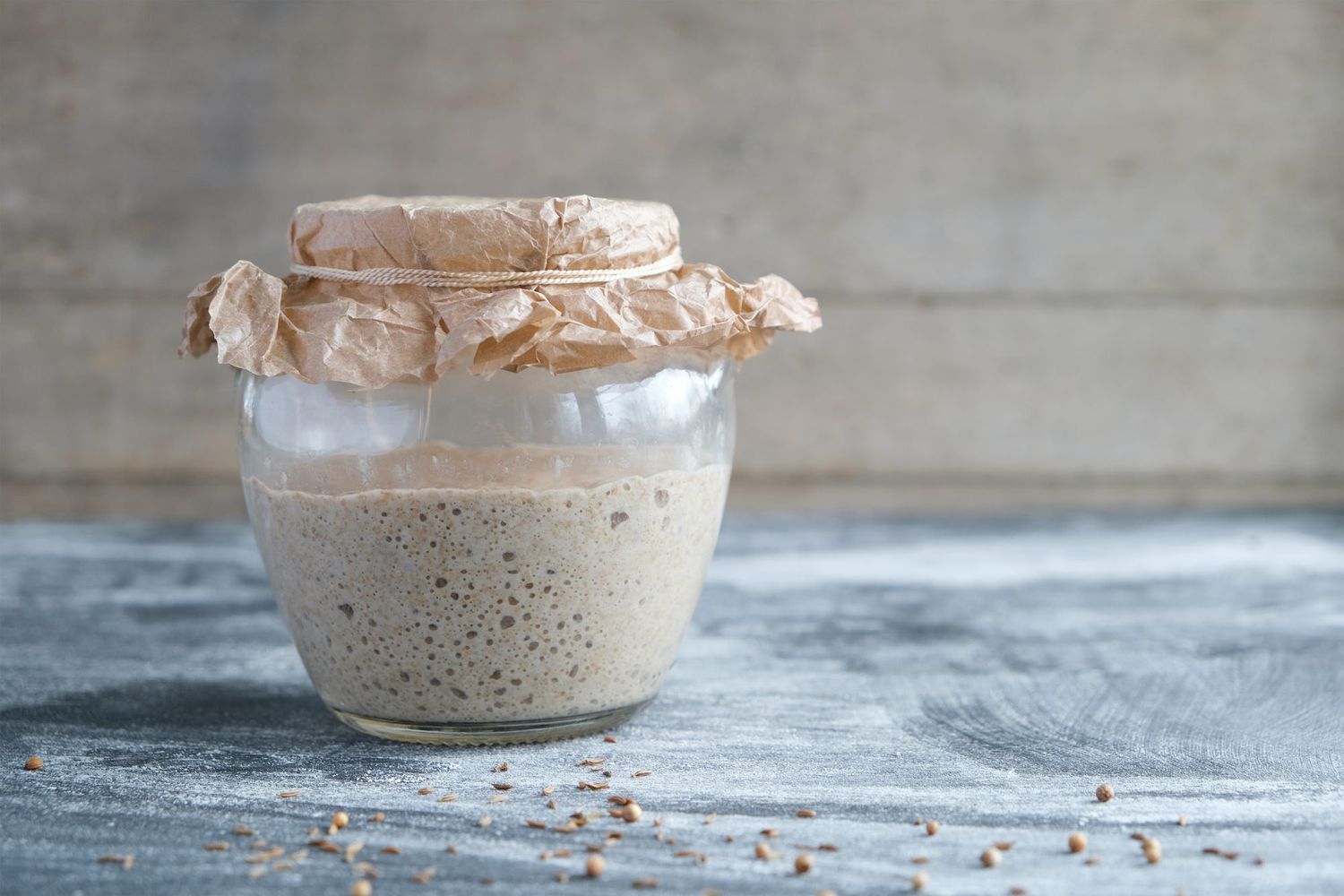

0 thoughts on “How To Store Sourdough Bread After Baking”